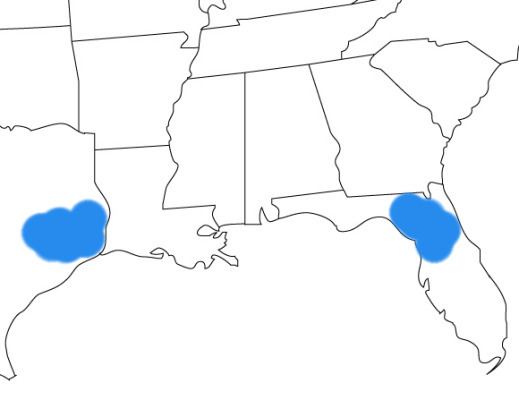Order Artiodactyla Species †F. olseni Rank Genus | Phylum Chordata Family Tayassuidae Higher classification Peccary | |
 | ||
Similar Peccary, Mammal, Even‑toed ungulate, Vertebrate, Suina | ||
Floridachoerus olseni is an extinct peccary that lived during the Hemingfordian age of the Late Miocene, and was endemic to North America. F. olseni was in existence for approximately 4.46 million years. Remains of this extinct mammal were located at the fossil rich Thomas Farm site in Gilchrist County, Florida (two collections) and Toledo Bend site, Newton County, Texas. Floridachoerus olseni was named after Stanley. J. Olsen of the Florida Geological Survey in 1962. Olsen previously worked at the site for Harvard University.
Lithology of sites
References
Floridachoerus Wikipedia(Text) CC BY-SA
